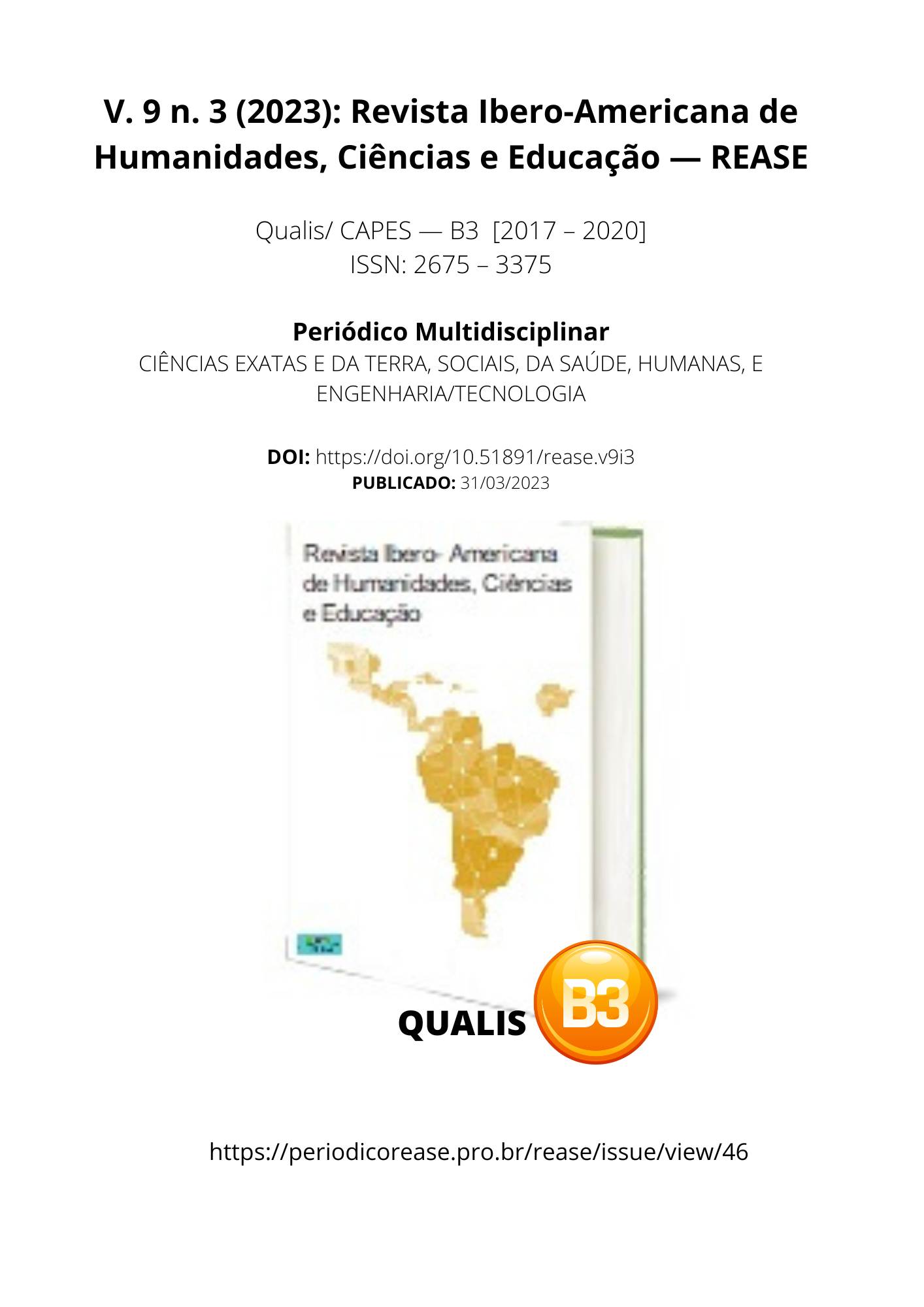SOME CONSIDERATIONS ABOUT TRANSFER IN THE PSYCHOANALYTIC CLINIC WITH CHILDREN
DOI:
https://doi.org/10.51891/rease.v9i3.9191Keywords:
Psychoanalysis. Child. Transference.Abstract
This work is a narrative literature review that sought to present some considerations about the transference in the psychoanalytic clinic with children, from the Freudo-Lacanian perspective. Through this method, the writings were investigated through books by reference authors on the subject. Thus, from a primary perspective, appears Sigmund Freud, Jacques Lacan and, later, studies by Maud Mannoni and Liége Lise. Initially, Freud's work entitled Analysis of a Phobia in a Five-Year-Old Boy “Little Hans” (1909) was used as a basis for discussion. This clinical case was of paramount importance for the development of analysis with children, as it is the first report to be published by Sigmund, later developed by his followers. Thus, through the examination of such materials, it was possible to verify some peculiar characteristics of child psychoanalytic care, including: the analytical process starts from a desire of a third party, that is, the child does not have the autonomy to seek a psychoanalyst, this being the fruit of the parents' desire. In this way, it is a transference process that is given to many. Since, they are the ones who seek treatment with the expectation of solving something, which largely tells of their own faults, that is, their own symptoms. Thus, the objective of child analysis is to move from the symptom-child to the child who has a symptom, and to give the latter the possibility to assume their own desire to the detriment of their caregivers, consequently failing to respond to their expectations and lacks. On the other hand, without the establishment of transference, such process is impossible to occur, if there is no such phenomenon, there is no way to develop the analysis. In this way, the analysis is crossed by this one, in which it is given collectively or to many. And it is up to the analyst to pay attention to these aspects in the quest to develop transference management.
Downloads
Downloads
Published
How to Cite
Issue
Section
Categories
License
Atribuição CC BY

